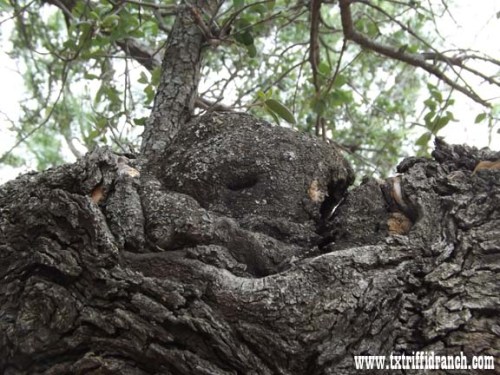
It’s often said that writers never really quit: they just find another addiction. It’s definitely hard to get out of the research habit, or to pay tribute to those who got you started even after you’ve left. For my best friend Paul Mears and myself, a bit of that involved a nearly three-hour road trip to Cross Plains, Texas, to visit the Robert E. Howard Museum this last weekend. While Robert Ervin Howard is best known as one of the triumvirate of writers best associated with the classic weird fiction pulp magazine Weird Tales (the other two being H.P. Lovecraft and Clark Ashton Smith), but his contributions to other genres assured his memory as one of Texas’s most influential fiction writers. Every year, on or around the anniversary of Howard’s death, the town of Cross Plains hosts Robert E. Howard Days, a series of readings, lectures, presentations, and parties, culminating in a barbecue held on a ranch just outside of town.


The trip itself is a good excuse to get out of Dallas for a while, but it’s also a great opportunity to research Texas history and natural history. Once west of Weatherford, the land switches back to its primordial charm, and civilization still attempts to keep the wilds at bay instead of attempting to dominate it. With the right kind of eyes, it’s not hard to see what the area was like back in the 1920s and 1930s, where automobiles were still relative novelties for people still using horse and buggy to get around the area. With other eyes, Howard’s eyes, it’s also not hard to see the wild wonders that filled his more fantastic stories peeking out in plain sight.

You can see my problem. While everyone else was there to talk to fellow Howard enthusiasts, such as famed comics artist Tim Truman and Howard savant Mark Finn, and with good reason, I went wandering a bit to find bits of that wonder. Fossil shells in the front yard of the Museum. Viewing the converted sleeping porch Howard used as his bedroom and work area, and remembering when I was living and writing in a space not much larger than that twenty years ago. Noting fresh armadillo dig marks at the base of a pile of fresh sand around a dead tree stump. That’s about the time I noticed the goblin tree.

Between their natural propensity to grow in odd shapes, their tendency to heal prunings in grotesque ways, and ongoing stresses from sun and wind, Texas oak trees already stimulate the natural human tendency toward pareidolia, but this one practically came straight out of a Michael Whelan painting. The camera couldn’t capture all of them, but stretch the eyeballs a bit and see the faces, especially the profile of the turtle man in the old burl.



If it wasn’t hard to see monsters and supernatural beasts in that one tree, then it just kept coming. When joining the rest of the Robert Howard Days crew for the traditional Texas barbecue at the end of the day, I wandered off for a second and found the stump of a long-dead Western cedar tree, blasted by sun and heat for maybe twenty years or more.

If I can see the dragon skull lying in the dust, then very likely “Two Gun Bob” Howard could have, too. The difference is that I note the similarity and move on. He probably would have used that as a hook in a new story, and thrilled generations of new readers 77 years after his death. Many of his fans lament how an imagination like his was trapped in small-town Texas. Me, I think that imagination couldn’t have existed without that stimulation.
